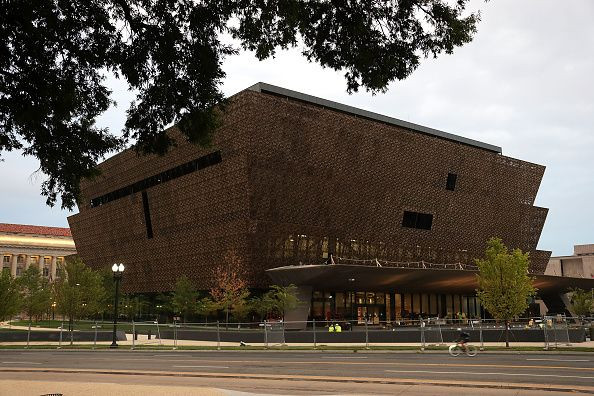National Museum of African American History and Culture Grand Opening: 5 Facts About Washington Exhibitions

The Smithsonian Institution is scheduled to open later this month the National Museum of African American History and Culture, the nation's first national museum devoted to the documentation of African American life, history and culture.
The museum will offer guests the opportunity to explore and understand black history through interactive exhibitions. Here's everything you need to know about the museum before its grand opening:
President Obama will speak at the opening ceremony of the National Museum of African American History and Culture. pic.twitter.com/hJxeGSjvla
— DC Maryland Virginia (@DMVFollowers) September 12, 2016
1. There will be no items on display showcasing Martin Luther King Jr’s work.
King’s children, Bernice, Dexter and Martin III, have repeatedly sued each other in court over rights to their father’s items. They have also sued several media outlets over the years for using their father’s quotes without paying excessive licensing fees, the Washington Post reported Sunday. “Given the family’s behavior this last 20 years, they’re unlikely to have any interest in sharing without a large upfront payment,” historian David J. Garrow said.
2. There will be 36,000 artifacts on display at the NMAAHC.
The musuem includes pieces of an actual slave ship, the São José-Paquete de Africa, which carried more than 400 enslaved people from Mozambique. The National Museum of African American History and Culture will open on Sept. 24. Admission will be free.
3. Oprah helped make the museum a reality.
Among the long list of founding donors on the museum website, The Oprah Winfrey Foundation can be found under the Pinnacle Donors, which lists people and groups that have donated $20 million or above. A reproduction of her television set is included in the museum's collection.
4. President Barack Obama will be at the grand opening.
When it comes time for the museum to finally open its doors to the public, the president will be on hand to cut the ribbon in front of as many as 20,000 people.
5. Visitors will spend a lot of time underground.
While the museum is reportedly 400,000 square feet, 60 percent can be found underground. The lower floors represent dark times for African Americans, including segregated rail cars, shackles used during the enslavement of children and the casket of Emmett Till, the young black boy who was lynched in 1955, helping to spark the civil rights movement.
© Copyright IBTimes 2024. All rights reserved.






















